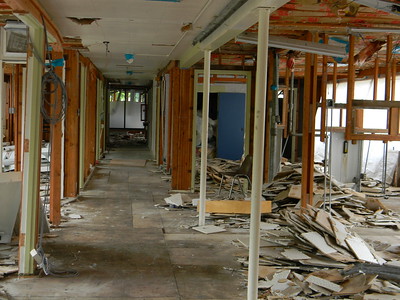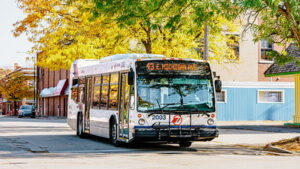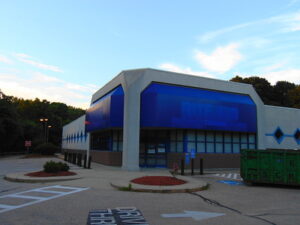Earlier this year, Gordian released its 10th annual analysis of the state of higher education facilities. The company provides building intelligence solutions, and they’ve made it their mission to watch and document the deliberate neglect that colleges and universities engage in when it comes to their campus facilities.
In the 2021 report, Gordian indicated that the average capital renewal need for higher education facilities – measured in dollars – was $106/sq.ft. This year, that figure is $133/sq. ft. What is a capital refresh and why is it important to campus infrastructure?
The average campus building has an anticipated lifespan of about 60 years. That lifespan assumes the college or university makes periodic investments in the building to extend its useful life. These investments include big projects, like replacing the roof, the windows, the HVAC systems, updating the plumbing and interior renovations.
There is no doubt that the cost of capital projects on college and university campuses is extraordinarily expensive. Somehow, higher education administrators have convinced themselves that the proper approach is to build more buildings, rather than correctly manage the spaces they currently have.
According to Gordian, the current value of campus buildings in the US is about $2T. That represents the (mostly) taxpayer-paid investments that we have made in higher education facilities. The maintenance backlog – that is, maintenance that these institutions should be performing but aren’t – is currently worth about $112B. That’s about 5.6% of the total value of our higher education facilities.
Most higher education institutions have far more space than they need, based on their enrollment trends. Enrollment can change quickly, but there’s really no need to add space to a campus whose enrollment has dropped by one quarter, one third or even more in the past decade. That doesn’t stop administrators from planning and building more buildings.
Higher education facilities need more close oversight
The long-term impact of the pandemic on the space needs of higher education institutions isn’t clear. For schools that want to increase the number of online courses they offer, adding any space is a tough gamble. Similarly, when an institution’s in-person enrollment is in decline, adding space is not only unnecessary but also fiscally dangerous.
Asking a declining number of students to pay for new campus facilities may trigger a downward enrollment spiral. An institution raises tuition to pay for a building, which makes attendance less affordable for some students. The declining enrollment causes the school to raise tuition again, which reduces even further the number of students who can attend, along with the space necessary to accommodate them.
Every public higher education institution has an oversight body. It is time for those overseers to start asking some pointed questions about the higher education facilities they oversee, and to make some hard decisions about whether to authorize the construction of any more space.
Photo Credit: Lower Columbia College , via Flickr


























